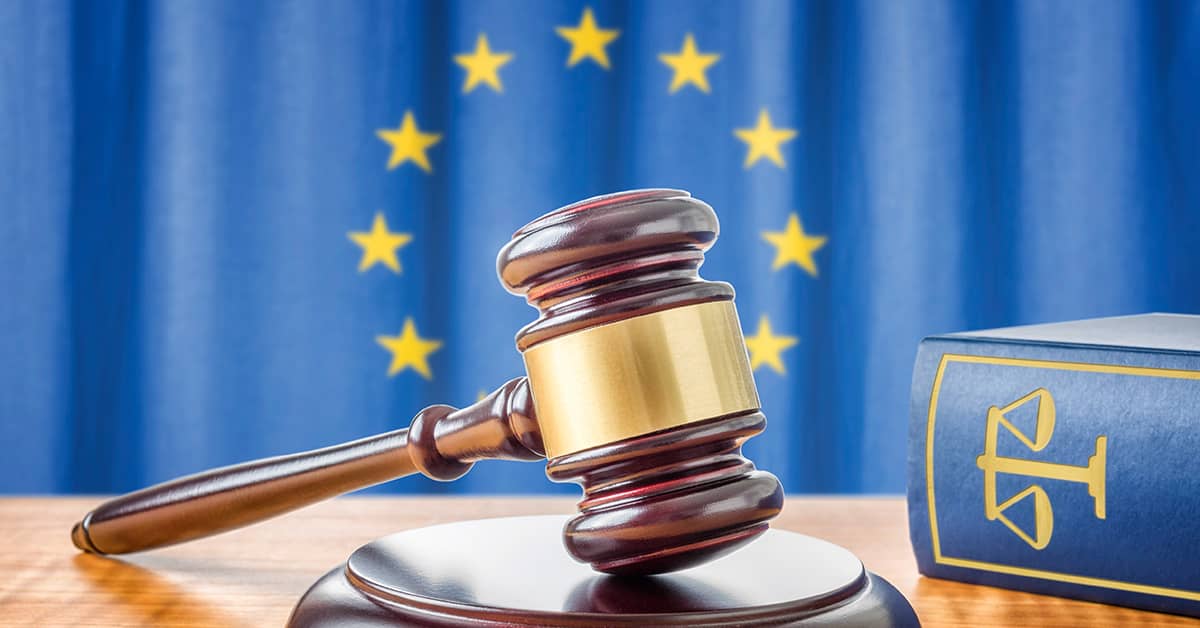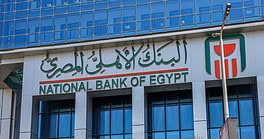Although national legislation for crypto assets already existed in some member states, no specific regulatory framework at the EU level has existed until now.

With the collapse of stablecoins like Terra’s Luna, and the lack of regulatory clarity regarding crypto asset investors’ rights and level of protection, the European Council presidency and the European Parliament reached an agreement regarding the EU’s Markets in Crypto-Assets (MiCA) regulation on June 30, which couldn’t come soon enough for many.
Although national legislation for crypto assets already existed in some member states, no specific regulatory framework at the EU level has existed until now.
“[This] agreement heralds a new dawn for the cryptocurrency industry, providing regulators with the tools to stamp down on potential money laundering and other illicit activities that have plagued the crypto market in recent years,” says Gerald Hessenberger, managing principal at Capco, a global technology and management consultancy.
Under the MiCA, crypto-asset service providers (CASPs) will be required to protect consumers’ crypto wallets or face liability if they lose investors’ crypto-assets. The European Securities and Markets Authority also will be granted powers to ban or restrict CASPs that fail to protect consumers’ and investors’ interests or threaten market stability.
For stablecoin issuers, the new regulation requires them to have a sufficiently liquid reserve, with a 1:1 ratio and partly in the form of deposits. “Every so-called ‘stablecoin’ holder will be offered a claim at any time and free of charge by the issuer,” the EU Council stated in a June 30 prepared statement.
To prevent the use of crypto assets for money laundering, newly updated Transfer of Funds rules were also provisionally agreed upon by the European Parliament and Council on June 29 to include the previously uncovered product class of crypto assets. Hessenberger says the update extends the obligation of payment service providers to accompany funds transfers with information on the payer and payee of crypto assets.
While this will be viewed as a positive step by financial institutions, Hessenberger notes that the financial burden on CASPs and the end of anonymity in even small-sized crypto transactions could cause an exodus from the EU to other regions such as Singapore, Japan or South Korea. “However, the regulation is something CASPs will ultimately have to embrace and prepare for,” he adds.
Has the crypto Wild West finally been tamed? The EU, at least, hopes so with its new MiCA regulation, which other regions may now seek to emulate.



